The Ultimate Guide to Buying a Home in a Cutthroat Los Angeles Market
- TCS Hello
- 1 day ago
- 9 min read

Reality check
Los Angeles is still competitive where most people want to live. Typical homes take about two months to sell. Hot homes can move in about three and a half weeks. A solid share close above the asking price. Redfin’s city page shows a median of fifty seven days on market and a hot home pace near twenty five days, with more than a third selling over list in July twenty twenty five. Redfin
Cash is part of the story but not all of it. Across the United States in twenty twenty four, just under one third of purchases closed all cash. That was the lowest share in three years Redfin
So the task is clear. The process is hard. It is not impossible. Certainty helps. Speed helps. Clean files and calm steps help even more.
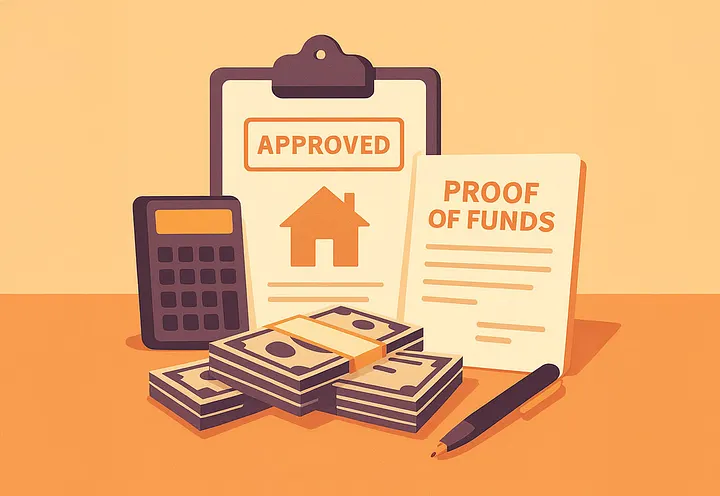
Get your money ready
Strength starts before the first tour. Ask a lender for full underwriting of your income, assets, and credit before you write offers. Some lenders call this to be determined by underwriting. It signals that a real underwriter already checked your file. It shortens timelines and eases worry for a seller.
Have proof of funds ready the day you want to offer. A short PDF that shows your name and current balances is fine. Keep account numbers blocked. The Consumer Financial Protection Bureau advises borrowers to request Loan Estimates from more than one lender and to compare them side by side on the same day and for the same loan type. That is the cleanest way to judge rate and fees and to negotiate. Consumer Financial Protection Bureau
If a smaller down payment keeps you in the game, you have options. FHA allows a down payment as low as three point five percent. It can be used on one to four unit homes if you live in one unit. HUD
Conventional paths at three percent down exist for qualifying first time buyers. Fannie Mae HomeReady and Freddie Mac Home Possible publish the details and income rules on their official pages. Fannie Mae
Down payment help can fill gaps. The State of California offers the MyHome Assistance Program. It is a deferred second that can cover a slice of the down payment or closing costs within program caps. The City of Los Angeles also runs purchase assistance programs for first time buyers who qualify. Terms and funding change, so always read the official pages before you plan around them. Los Angeles Housing Department
Pick an earnest money deposit number that matches your comfort and your timelines. Many buyers in California post one to three percent into escrow. Choose an amount you can back with quick performance. The point of this work is simple. A fully underwritten file plus clear cash proof reads as ready. Ready wins ties.

Thin the list of must haves and learn the block
A long list of demands slows you down. Choose a few things you truly need. Keep the rest flexible. Buyers who can accept an older kitchen or a yard that needs love see far more homes. More homes means more chances to write a strong offer.
Then get very local. Los Angeles has many small markets that sit next to each other. Study sales from the past two or three months on the same streets and in the same school zone. You will start to see two patterns. One pattern is the good house at a fair price that draws many offers right away. The other pattern is the home that sits a bit longer. Maybe it is priced a touch high for its condition. Maybe the photos are odd. Those are your openings.
Think about the land and the rules on it. The city and the state now allow many accessory homes when a lot meets the standards. Los Angeles explains its accessory dwelling unit rules on the Building and Safety site. The city notes that parking is not required for a new accessory unit when the home is within a half mile walk of public transit. Replacement parking is not required if you convert covered parking to an accessory unit that meets the rules. Read the official pages so you know what a lot can support over time. LADBS
If you want long term options, learn the basics of the Transit Oriented Communities program. The city offers extra development incentives near major transit stops under Measure JJJ. Those incentives live in the public guidelines and on the city planning page. Knowing whether a parcel sits in a tier can change how you value land and how you think about future growth on a block. Los Angeles City Planning

Move fast with care
The first seventy two hours after a strong home hits the market can set the field. Many listing agents collect offers after the first weekend. Be ready to submit the same day you decide to go for it.
Build offer templates with your agent before you tour. Keep your lender letter current. Keep proof of funds ready to send. Ask your loan officer to call the listing agent right after you submit. A live call that confirms full underwriting can help you win a close race.
Use escalation language with care. In some cases it helps you avoid overpaying. In other cases it tells the other side your top number. If you use it, cap it and ask for proof of the competing offer.
Terms matter. Shorten inspection timelines only when disclosures are strong or you have already inspected. Offer a measured appraisal gap if your budget allows instead of a full waiver. If your file is fully underwritten, shorten the loan timeline to match what you can do. Offer the closing date the seller needs. Offer a rent back if that helps them move.
Be cautious with buyer letters. Many brokers and trade groups warn about fair housing risk tied to personal details in those notes. When allowed, keep any note focused on the property. In many cases a clean and complete offer package does more to build trust than any letter.
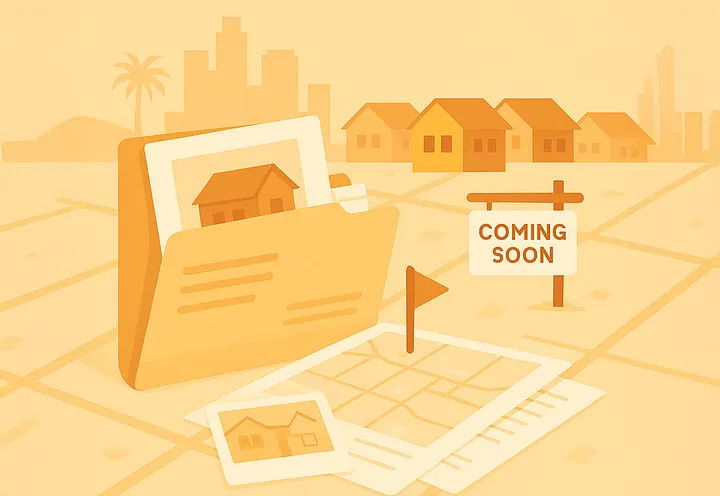
Find homes before the crowd
Sites are useful. People close deals. Get to know the agents who list many homes in your target blocks. Show up to the open. Share your proof and timing. Answer fast when they test your readiness. The goal is to be the buyer who gets a quiet call before a home hits the wider market.
Watch for homes that slip past the first wave. In hot pockets a home that reaches week two or week three often tells a story. It might be a pricing miss. It might be a cosmetic issue that can be fixed. Read the file. If the bones look sound, write a clean offer that solves the seller’s main pain. Sometimes that is a quick close. Sometimes that is a short rent. Sometimes that is a small appraisal cushion that keeps the deal intact.
If budget is tight, widen the map a little. Look at nearby pockets with improving amenities. Consider light fixers if you can handle simple work. Keep an eye on small multi unit homes too. Some loans allow you to buy a two to four unit home if you live in one unit. FHA and major conventional programs describe those paths in their public guides. HUD Fannie Mae
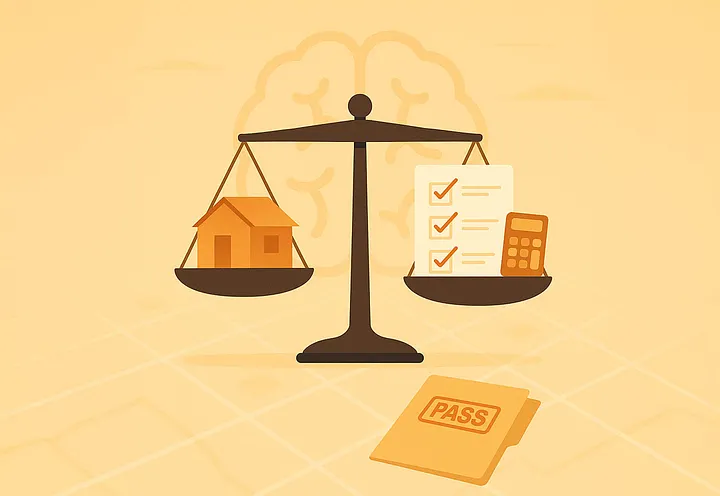
Keep your head
Offer fatigue is real. It shows up when the search feels like a series of losses. Write your rules when you are calm. Decide your top price for a given move. Decide what would make you pass. Decide what you truly need.
Your top number protects your future self. The relief of getting a yes fades fast. The payment stays for years. Pay a premium only when the home earns it. A special lot can earn it. A clear path to added livable space can earn it. A legal second unit can earn it. If you cannot explain the premium in one line that makes sense on paper, step back.
Walking away is a skill. Rough inspection news on major systems calls for new math and sometimes a pass. Thin condo reserves or active litigation can justify a pass. Title noise can justify a pass. Each pass saves your cash and energy for the home that fits better.
Lean on simple tools when pressure spikes. Look at nearby closings with similar size and condition. Look at price per square foot with context for quality. Read the zoning basics for the parcel. Sleep on it when time allows. If the math and the plan still make sense the next morning, move. If they do not, let it go.

Make escrow smooth
Escrow feels busy because many tracks run at once. You open an escrow and deposit your earnest money. Your lender orders the appraisal. Your agent books inspections. Title opens and sends a preliminary report. The seller shares disclosures and any homeowners association documents. You begin insurance quotes. You talk about repairs if needed. The lender clears final loan conditions. You receive your Closing Disclosure. You sign. Funds move. The deed records.
Federal rules require that lenders deliver your Closing Disclosure three business days before the scheduled signing. The Consumer Financial Protection Bureau explains the timing and the few events that can trigger a new three day period if terms change late. Use that time to review the numbers and ask questions. Consumer Financial Protection Bureau
Stay alert to wire fraud. Criminals spoof emails and phone calls. They try to slip fake wiring instructions into real deals. Title and real estate trade groups tell buyers to confirm every set of wiring instructions by phone using a trusted number from the opening packet or a known contact. Never trust a change sent by email without a live call to a verified number. Ask for confirmation of receipt the same day you send funds. National Association of REALTORS®ALTA.org California Department of Real Estate
Rhythm helps everyone relax. Ask your agent to run short scheduled updates with the lender, escrow, and the listing side two or three times a week. Keep one thread for repairs and one for loan updates so nothing gets lost. Share milestones with the other side as you hit them. Predictable progress lowers stress and saves time.
A typical financed escrow in California runs about one month to a month and a half when things go to plan. The exact timing depends on the property, the loan, and the people. The aim is steady progress, not perfection. Redfin
Practical paths when money is tight
Many buyers in Los Angeles are not bringing a giant down payment. There are honest paths that can work.
Small down programs are one path. FHA at three point five percent is common. It can work on a duplex, triplex, or fourplex if you live in one unit. Major conventional programs offer three percent down for many first time buyers within income limits. Those official pages list what counts as income, who can help with funds, and how mortgage insurance works (HUD Fannie Mae) (Freddie Mac).
Down payment help is another path. The State of California MyHome program offers a deferred second that can cover part of the down payment or closing costs within caps. The City of Los Angeles runs programs named LIPA and MIPA for qualifying buyers. Funding and terms change, so check before you plan around them (CalHFA).
House hacking is a third path. Live in one unit and rent the others. That rent can help carry the payment. It works when the numbers pencil out and when the building and the loan meet program rules. FHA publishes the basic rules for one to four unit homes (HUD).
A future accessory unit can be a fourth path. State and city changes make many lots accessory unit friendly when standards are met. Some lots near transit do not need new parking for a new accessory unit. Some conversions can remove covered parking without replacement when they meet the rules. Read the official Los Angeles pages before you count on this plan (LADBS).
Each of these paths asks for homework. The reward is a real shot at a home that fits your life even without a huge down payment.

Closing thoughts
This market is tough. It is not out of reach. A simple plan beats noise. Do the hard work on your file before you tour. Keep a short list of things you truly need. Watch the local data on the exact streets you want. Move the day the right place appears. Use terms that lower the seller’s risk without taking unsafe chances. Build a quiet pipeline with the agents who work your target blocks. Protect your head and your budget. Walk when the math does not work. Run escrow with clear updates and careful wire checks.
Speed matters. Certainty matters. Calm matters. None of that requires a huge down payment. Small down programs and purchase assistance exist. Owner occupied small multis exist. Accessory unit paths exist when a lot and the rules allow it. Those tools can make a hard market workable for a wide range of incomes (Los Angeles Housing Department).
At the end, the right home is one that fits your life and your numbers. Stay ready. Keep your paperwork tight. Keep your map a little flexible at the edges. Keep your pace steady. Then the market stops feeling like a lottery and starts to feel like a plan.


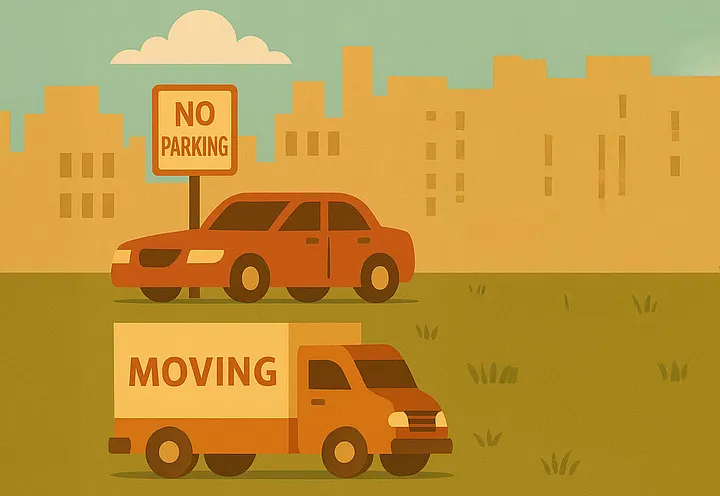
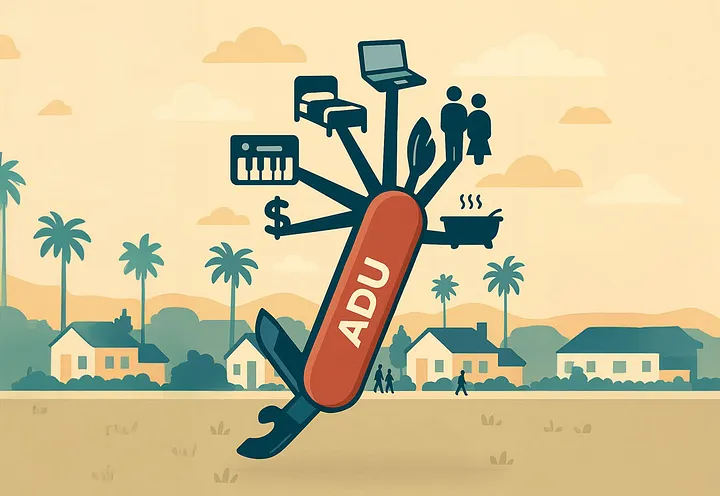
Comments